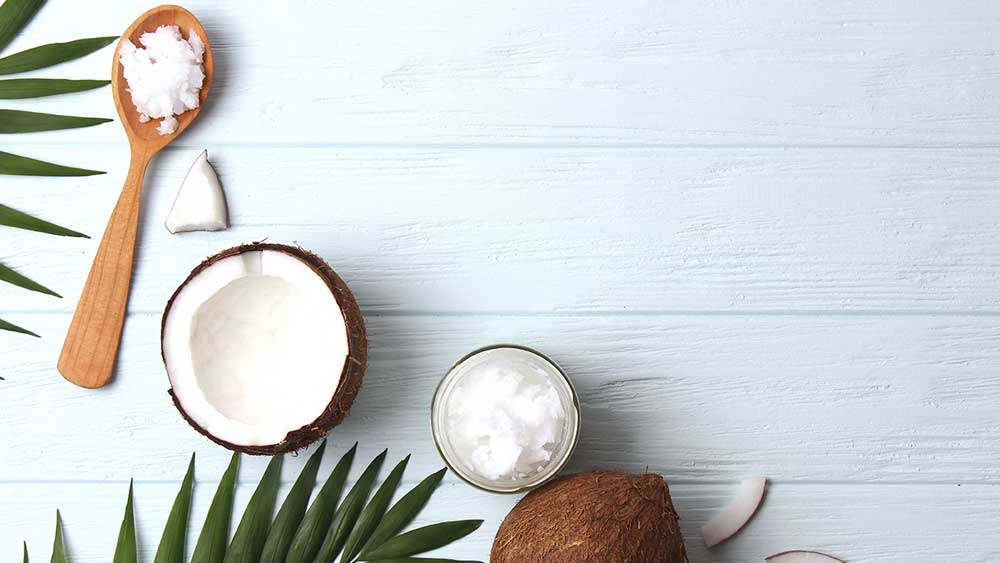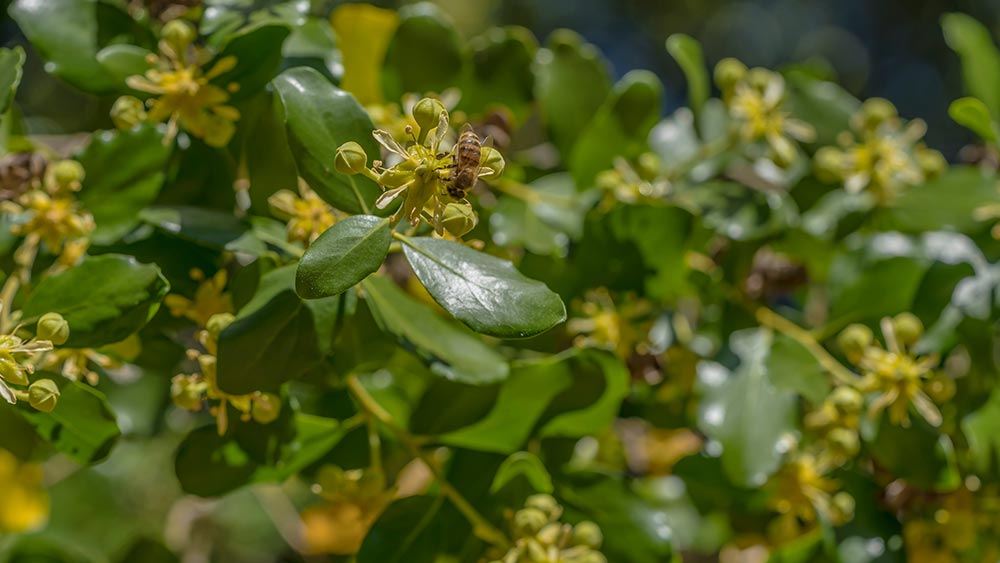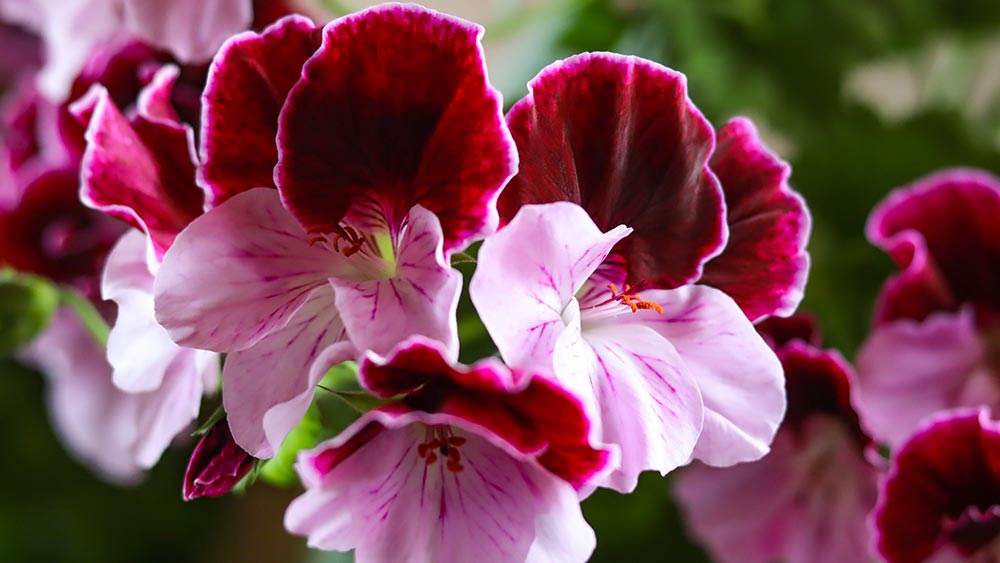
C10-C16 Alcohol Ethoxylate
- Derived from: coconut
- Pronunciation: (\ˈal-kə-ˌhȯl\ \ˈetho-zī-lāt\)
- Type: Naturally-derived
What Is C10-C16 alcohol ethoxylate?

C10-C16 alcohol ethoxylate is a potassium salt of a mixture of phosphate esters of ethoxylated lauryl alcohol with an average ethoxylation value between 1 and 3.[1]
This ethoxylated alcohol consists of linear C12 to C14 chain lengths to make the formula C12-14H25-29O(C2H4O)nH where n = 1-10.
What Does C10-C16 alcohol ethoxylate Do in Our products?

C10-C16 alcohol ethoxylate is a surfactant that breaks the surface tension of water, allowing things to become clean. It can be found in dozens of personal care products, such as baby wipes, exfoliants, laundry detergent, dish soap, acne treatments, and other products.[2,3]
Skincare
This ingredient is used as a surfactant and emulsifier in skincare products, particularly for treating acne and other skin irritations, as well as face moisturizers and cleansers. Safe concentrations are usually in the range of 0.03 to 4%.
Haircare
The ingredient is widely used in shampoo and conditioners for its cleansing properties. It easily dissolves in water, plus is not irritable to the skin and eyes when it comes into contact.
Common Concerns
- Cancer: low risk
- Allergies and Immunotoxicity: low risk
- Developmental and Reproductive Toxicity: low risk
- Use Restrictions: low risk
How C10-C16 alcohol ethoxylate Is Made

Commercial alcohol ethoxylate is a mixture of several homologues of varying carbon chain length and degree of ethoxylation. Homologues that are not ethoxylated are also called aliphatic alcohols or simply fatty alcohols.[4]
Is C10-C16 Alcohol Ethoxylate safe?

Learn about how safe this ingredient is, as well as its environmental impact.
Health Safety
The EPA confirms that this ingredient has low safety concerns in cleaning products. In cosmetic and skincare usage, it is also considered safe and non-irritating.
Environmental Impact
The ingredient is highly biodegradable, and it also has low acute toxicity to aquatic life.
Why Puracy Uses C10-C16 alcohol ethoxylate
We use C10-C16 alcohol ethoxylate as an alternative to ammonia, petroleum distillates and propellants. The FDA has deemed the ingredient generally regarded as safe (GRAS) for use in adhesives.[5] It has the unique ability to clean a surface and then evaporate without leaving a residue (which is especially helpful when cleaning glass, stainless steel and similar surfaces). Whole Foods has deemed the ingredient acceptable in its body care quality standards.[6] Although ethoxylated alcohols may experience 1,4 dioxane contamination as a byproduct of the production process, the EPA considers it safe to consume water with 4 ppm of 1,4 dioxane for one day or 0.4 ppm of 1,4 dioxane for 10 days.[7]
A study of workers exposed to 0.006–14.3 ppm 1,4-dioxane for an average of 25 years found no evidence of liver or kidney disease or any other clinical effects, and another study found no differences between observed and expected incidences of cancer among workers at a manufacturing and processing facility.[8] Puracy has signed certifications from our ingredient providers that show no more than 2 ppm of 1,4 dioxane in our most concentrated finished product. We only use these ingredients in cleaners, which are rinsed or wiped away with a cloth rather than applied to the skin.
Sources
[1] Environmental Working Group
[2] Environmental Working Group
[3] Environmental Working Group
[4] Sanderson, H. et al., "Occurrence and risk screening of alcohol ethoxylate surfactants in three U.S. river sediments associated with wastewater treatment plants," Science of the Total Environment Volumes 463–464, 1 October 2013, Pages 600–610
[5] Food and Drug Administration
[6] Whole Foods Market
[8] Agency for Toxic Substances and Disease Registry
[9] Agency for Toxic Substances and Disease Registry


























